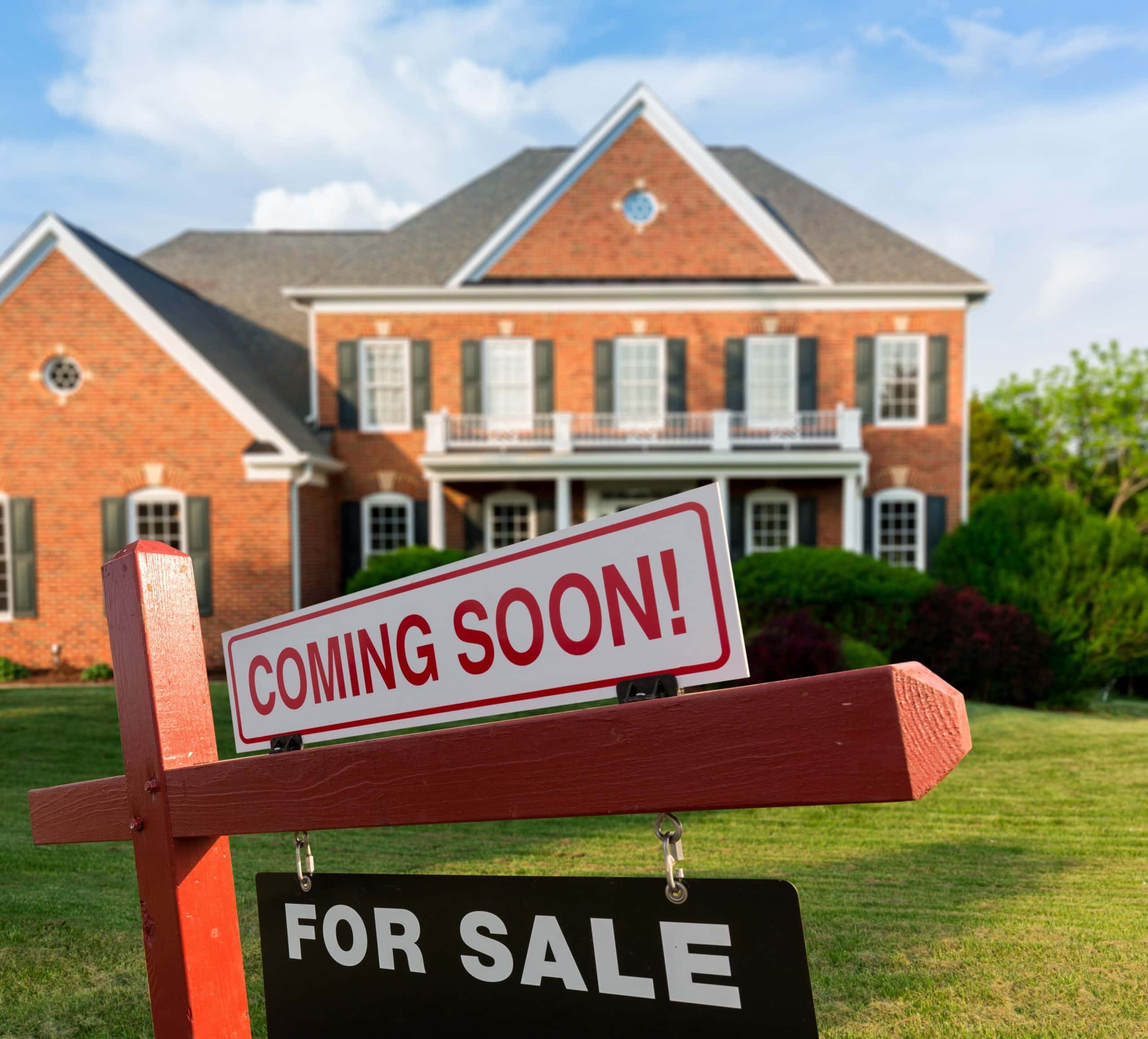How to Create (and Stick to!) a Content Calendar
Creating a content calendar is like cooking. You have to take inventory of what you already have in your pantry, shop for new ingredients, do some prep work, and tailor the recipe to your or your dinner guest’s likings.
A content calendar works as a guide for planning, creating, scheduling, and measuring the content you create for your real estate website and paired channels like Facebook, YouTube, LinkedIn, and others. And, similar to how each real estate company is unique, content calendars are, too. For some companies, planning out an entire year’s worth of content is the best path to take, while others might prefer limiting planning to a few months at a time.
When it comes to content planning, like the best recipes, the most important thing is preparation. The best content calendars are those you stick to, so we’ve compiled our top tips below on how to create a content calendar you stick to and the best content for both real estate websites and social media channels. For a more in depth summary of how to leverage social media for real estate, check out this guide.
9 Tips to Create a Content Calendar for Real Estate (and Stick to It!)
- Set goals
- Identify your channels
- Note relevant events
- Brainstorm new ideas
- Incorporate evergreen content
- Update old content
- Get organized
- Set a schedule
- Revisit as needed
Set goals
Trying to plan content for a whole year can seem overwhelming, especially when you have multiple channels like an email newsletter, social media platforms, and a blog. By asking yourself what your goal is for the year in terms of content, and how it connects to your overall business goals, you can get a clearer picture of the type of content that best suits your and your target audience’s needs, and have a guiding path to success. The more specific the goals, the better, such as “be known as an expert in energy efficient homes in Asheville, North Carolina”. When possible, it’s also good to include measurables. Think of stating your goal as “I will accomplish ______________ by ______________. One example could be, “I will be known as an expert in energy efficient homes in Asheville, North Carolina by creating two new blogs every month that get 1,000 total views.”
Identify your channels
Once you have a clear picture of what your goals are, consider your channels and choose where you’re going to deliver your content. The most common channels include a blog, Facebook page, Instagram account, LinkedIn profile, Twitter account, YouTube channel, and email. Identifying the best place to connect with your potential customers requires a bit of digging into your analytics and some research, as you want to find out where your audience is and how much they engage with your content on each channel before determining where to invest your time. For example, you might have a Twitter account with a large following, but little engagement or a Facebook page with not a lot of likes, but high engagement via other methods like sharing and comments. It would be more effective to post most of your content on your Facebook page because that’s where your audience is most active. That being said, in this example, you should continue to post content on Twitter, but in a more tailored way for how your audience interacts with you on that platform. Stated differently, stick with what’s working and change what’s not. If you need help understanding what’s working for you currently, contact us to discuss our website audit process and get actionable insights delivered to you.
Note relevant events
One way to figure out what content you need is to look at what you already do to engage your customers, community, agents, and others. You likely already have some outreach you do, and events are one of the often overlooked sources of content. For example, some companies like to share a celebration on their established anniversary or post something around holidays. And, if you have any events coming up like conferences, open houses, or team-building activities, these are great topics to build content for and start filling out your calendar. Also, because real estate can be a very seasonal business (hello spring market!) creating content around different times of the year and how the industry fluctuates is a great way to stay relevant and keep your audience engaged. Many real estate professionals provide market updates and they serve as valuable content that can be shared and re-purposed across channels.
Brainstorm new ideas
There’s nothing quite like the thrill of a good brainstorming session! There are several ways to collect ideas: if you have any ideas leftover from the previous year bring them over if they’re still relevant, research what your competitors and peers are talking about, ask your team what common questions or situations come up, or take a look at your analytics and see if you can expand upon any other content. Google can be a great tool for research, especially for question based searches, which are incredibly popular. Type a question like “when’s the best time to sell my home?” in Google and you’ll see a bunch of suggestions for related questions and topics people are searching. Use other tools like Google Trends, BuzzSumo, Canva, and more to get ideas for content topics and visuals.
Incorporate evergreen content
One of the best ways to build out a content calendar is to incorporate evergreen content. This type of content is either relevant no matter the day, time, or season, or relevant year after year during a particular time or season. Examples include “property management tips for vacation home owners” or “how to winterize your vacation home”, which both focus on topics that will stay relevant to readers well into the future. Evergreen content gives your website an SEO boost when it’s been on your site longer and is still being searched frequently, so less can truly be more when it comes to content creation. One article that gets viewed month after month or year after year is worth more than dozens of articles with a handful of views.
Update old content
In the digital world, things can change yearly, monthly, or even daily. Some of your content, like content talking about it being a buyer’s market when the market has shifted to a seller’s market, might be a little outdated. However, you can save some of your old content by refreshing and recycling it. Historical optimization is the term for spending time going back through and updating your old content to be relevant to today’s environment. Adding new elements to already written blog posts leverages all the good traffic they’ve been getting and improves them, making posts more accurate and relevant, and drawing attention to them from users and search engines. Refreshing content is something Google expects and will look for, so ensuring the last modified date for individual web pages on your website is recent is key to getting more credit for the content you’ve had on your website for years. Plus, you can share updated content or blog posts on your channels as if they’re brand new, extending their lifecycle and often getting the same, or more, traction from them as you would brand new content.
Get organized
Once you have all your ideas together, it’s time to get organized! Some people like to create an actual calendar template and fill it out, putting the content to be published on a specific day – and coordinating social posts, too. Or, a simple spreadsheet with the topics and dates is also common. What’s most important, though, is ensuring that you and your team can easily access and understand the calendar. You can also use scheduling software for blogs (Union Street Media’s content management system has a scheduling feature!) and social media posts to maximize your time. Imagine dedicating two or three days a month to creating all of your content for that month and scheduling it. It’s possible and a great way to focus on closing business the majority of the time while having peace of mind knowing you’re improving your online presence.
Set a schedule
Consistency is key for content especially when posting on social media for real estate or sending an email. If you happen to know what day and time works best for your content, stick to it. If there aren’t definitive times that outperform others, take a look at your website analytics to see if there are any days or times with better engagement. You can always test what works best for a few weeks and then switch things up as needed.
Revisit as needed
Like many digital marketing strategies for real estate, pivoting when things aren’t working out is essential. Every so often, take a look at your analytics if you have them set up (many email and social media platforms also have built-in analytics) or find a trusted partner to monitor your performance on your behalf and proactively make recommendations. Staying on top of what the data says also gives great insights into your audience’s behaviors that you can use in discussions with prospective sellers and buyers, other marketing collateral such as listing presentations, and to educate your team.
At the end of the day, it’s important to note that even if a calendar is built out, that doesn’t mean it’s set in stone. In fact, revisiting and checking up on your content performance consistently is the best way to ensure that your content is the most effective to engage your audience and drive leads.
Want to learn more about creating an effective content strategy for real estate? Connect with us today for specific recommendations to attract quality leads and grow your business.










